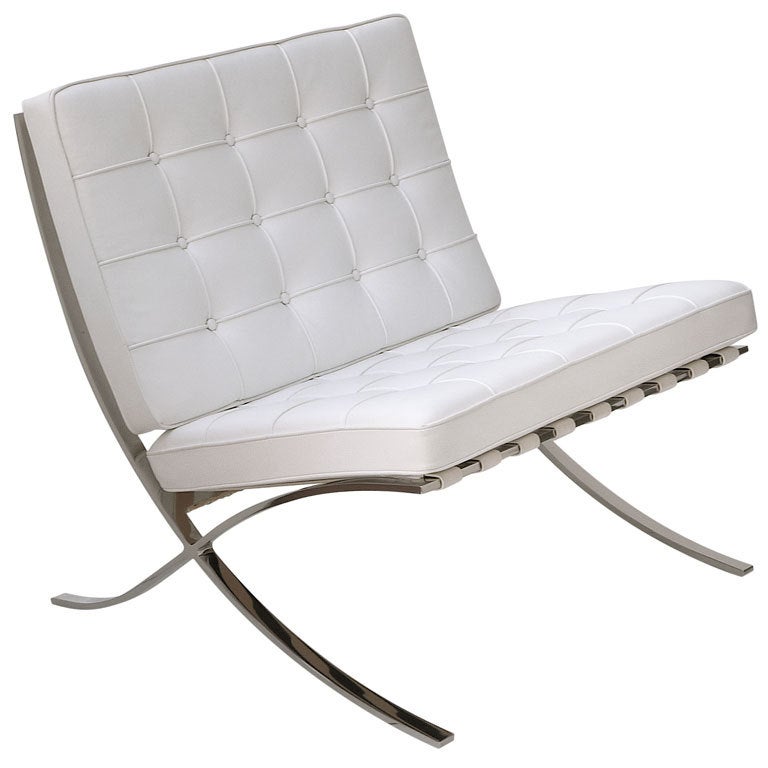The international style began in the 1920s in Western Europe. This style had radical simplification of form, rejection of ornamentation, with the adoption of glass, steel, and concrete. The international style was also big on the transparency of buildings, its construction that was called the honest expression of structure, and has the acceptance of industrialized mass-production techniques. There were four main architects during this time: Walter Gropius, Ludwig Mies van der Rohe, Le Corbusier, and Frank Lloyd Wright. Walter Gropius was an architect from Germany who established his own architectural practice in 1911. His style was described as unornamented, funtional, and included an industrial feel. He was the director of the schools of fine art and applied art at Weimar. With these schools he merged them to form the Bauhaus. In the Bauhaus design, Walter included design with different materials such as wood, metal, ceramics and textiles. Mies van der Rohe was from Germany but was an American architect. He created the Barcelona Exhibition in 1929. In it he incorporated colors and textiles of rich materials to provide ornamentation, he used modern structural technology of steel and concrete and abstract work of art. When he relocated to America in 1937, he helped make modernism more mainstream. He always described his designs with his famous sayings, "less is more" and "God is in the details".
Images:
Designed by Watler Gropius
Designed by Mies van der Rohe
Current Applications:
Extra Credit:
https://www.youtube.com/watch?v=FRREJp0AhKw




